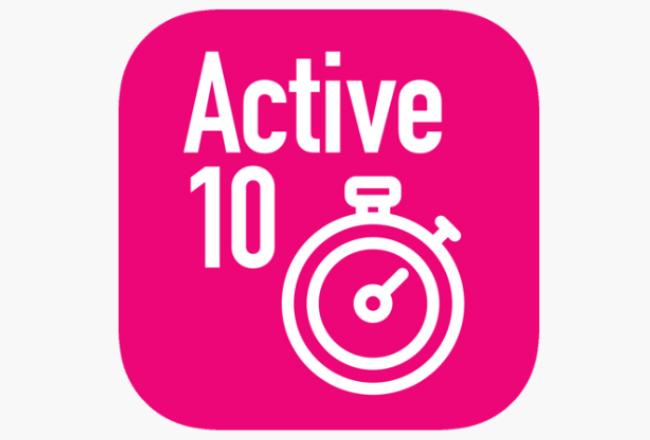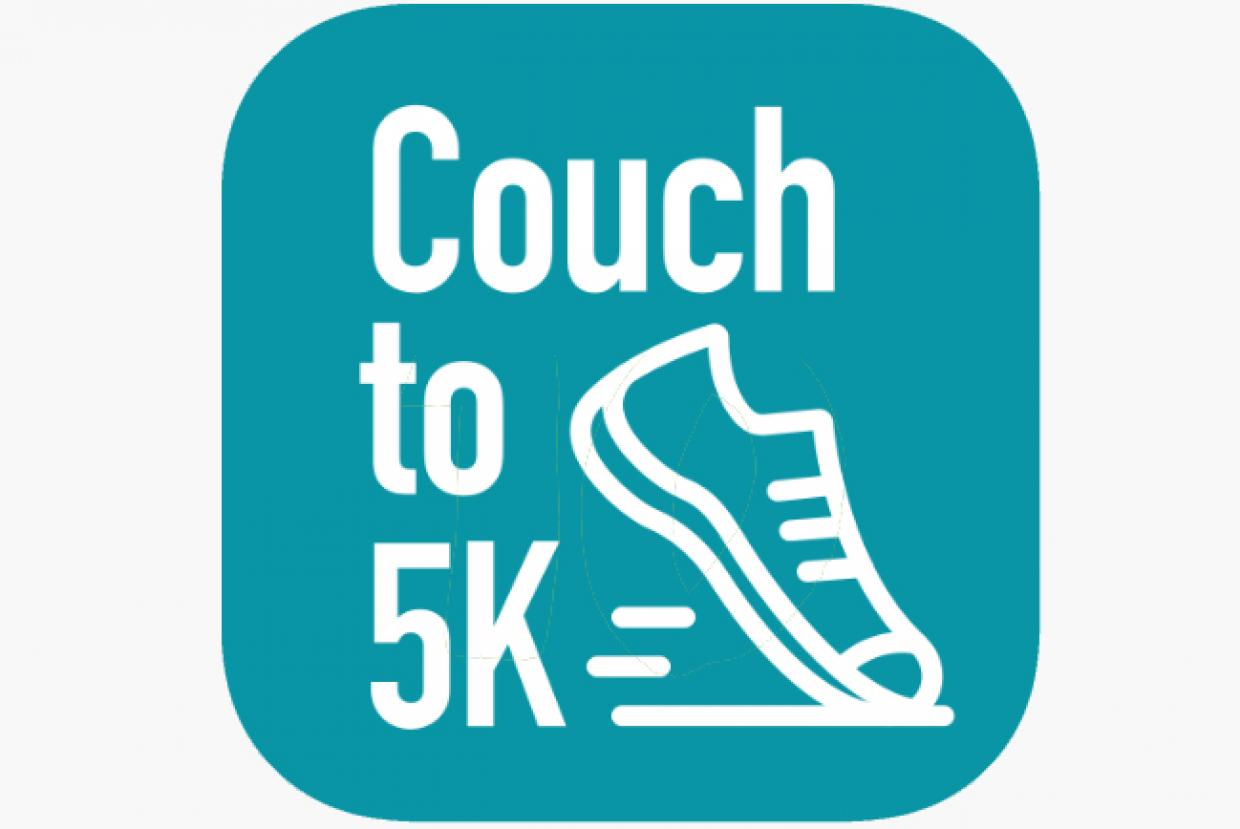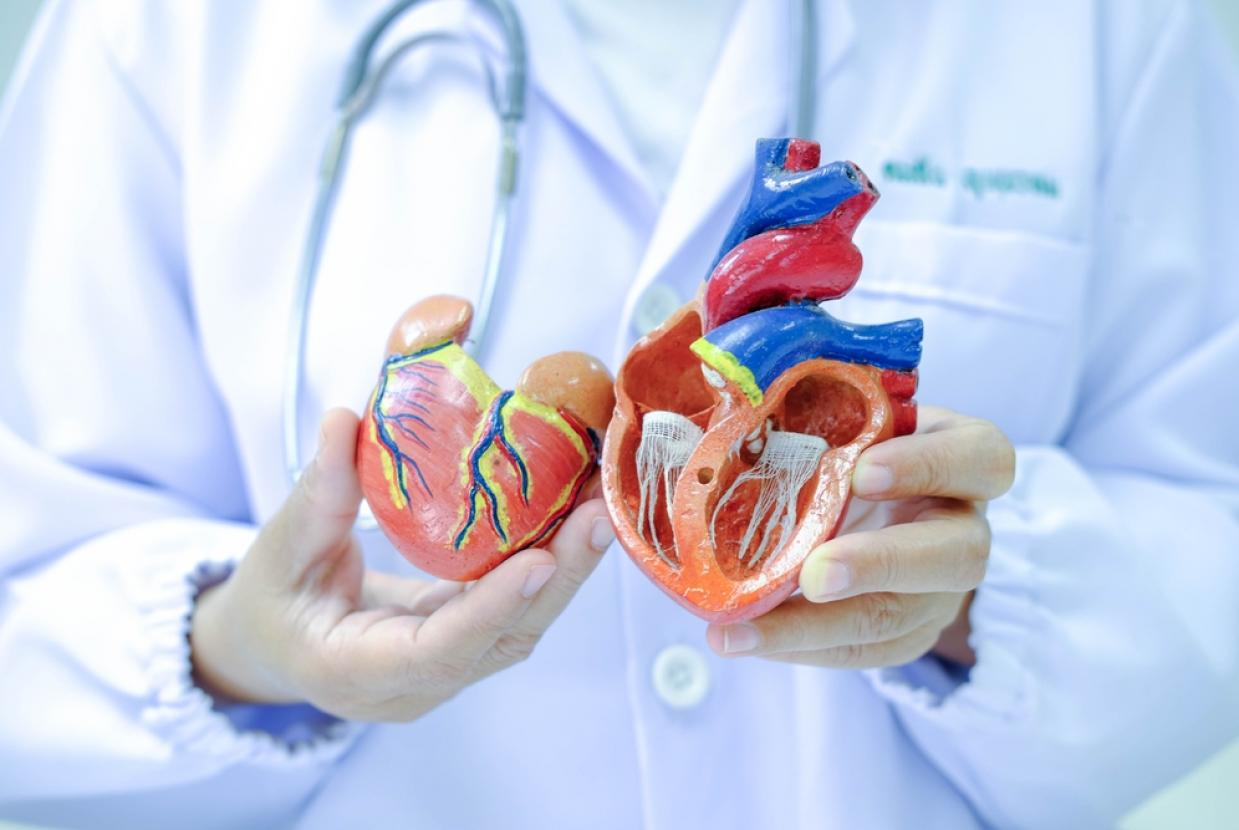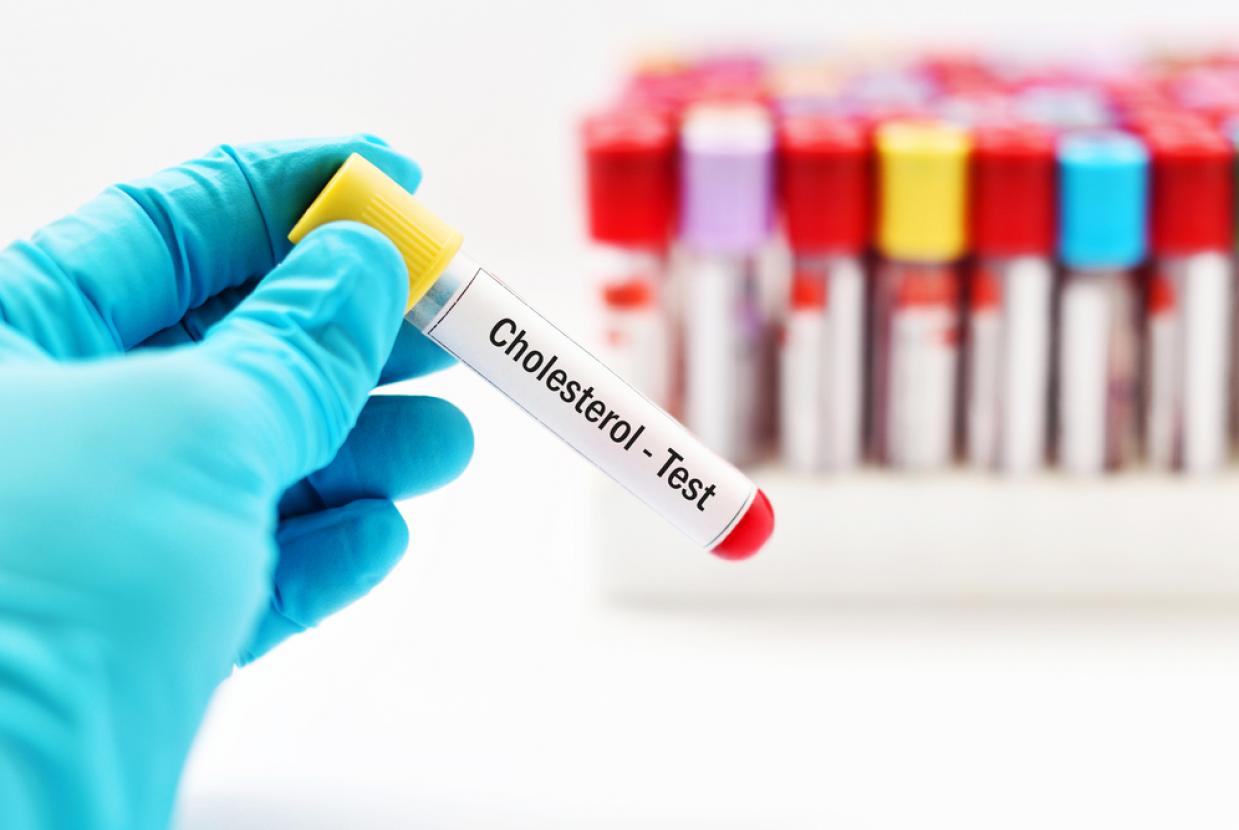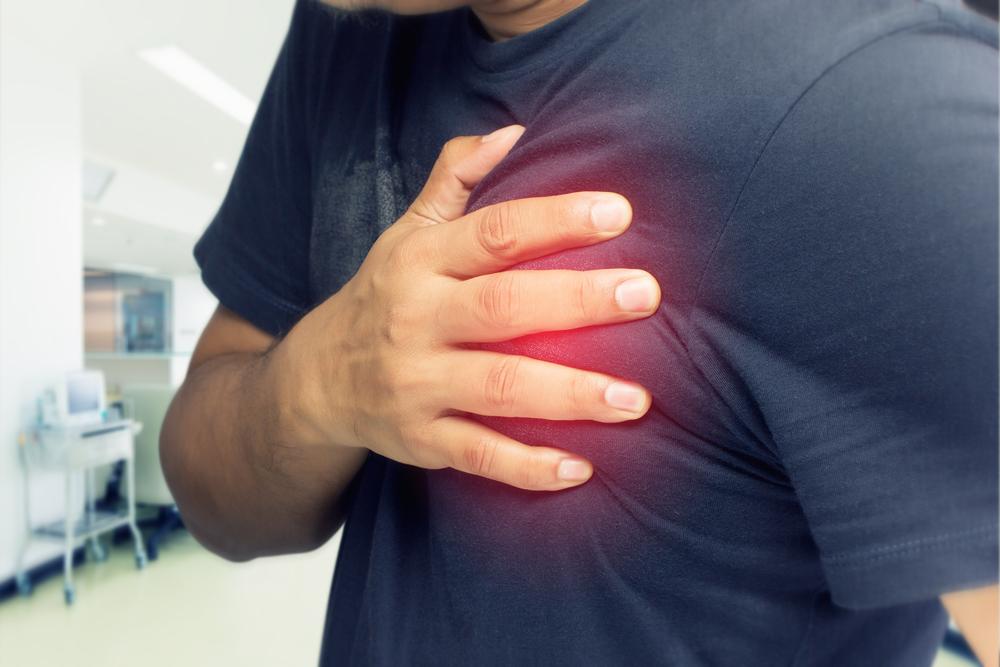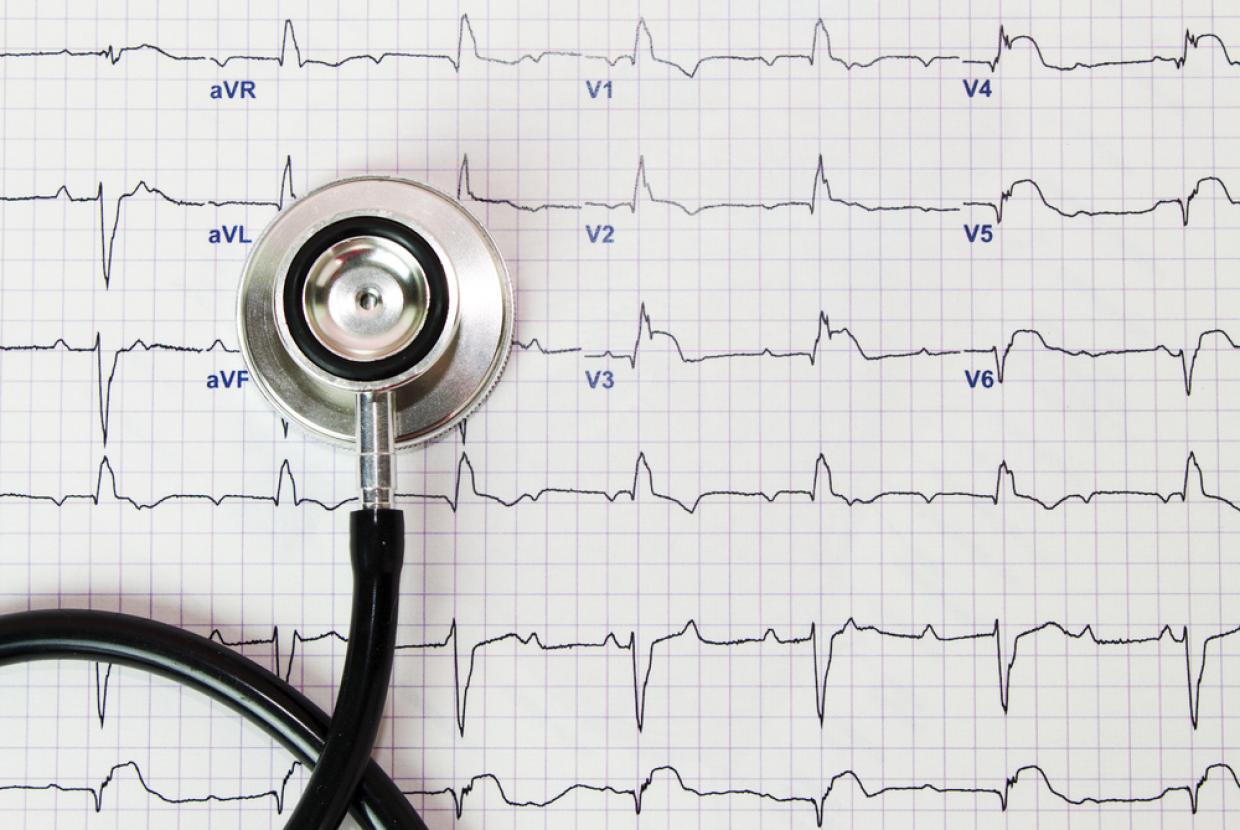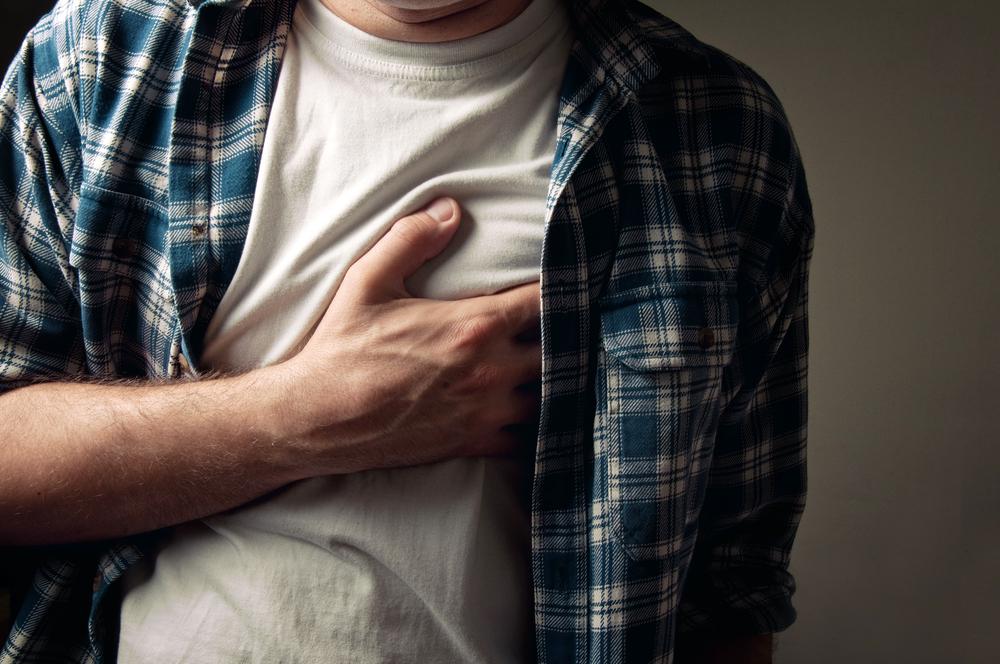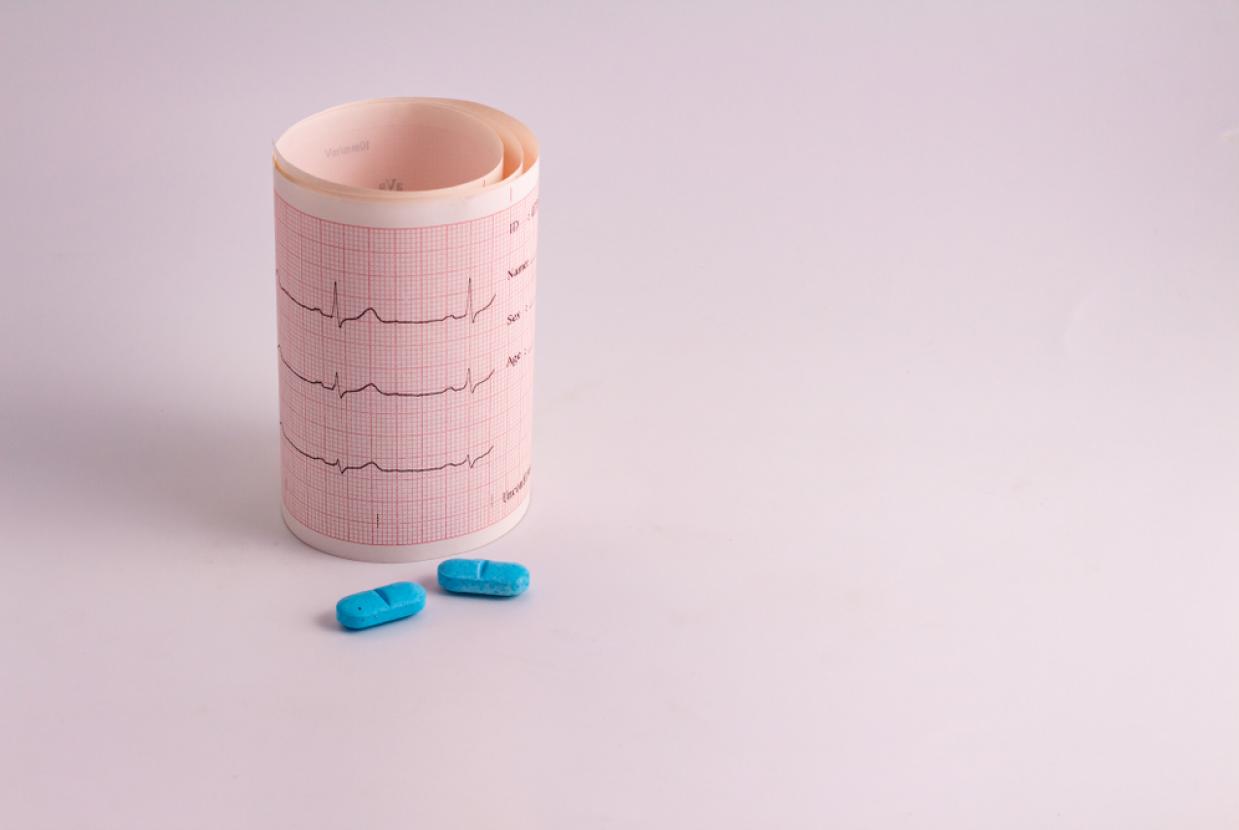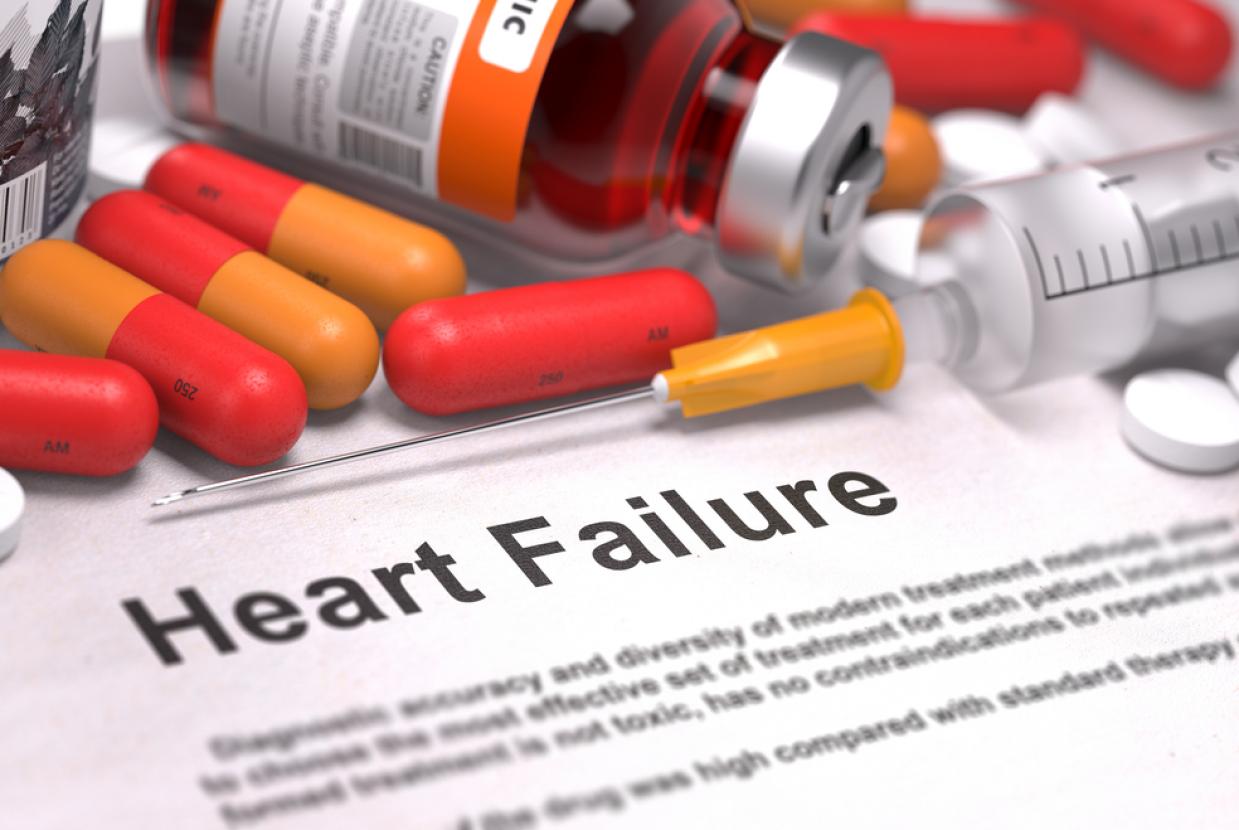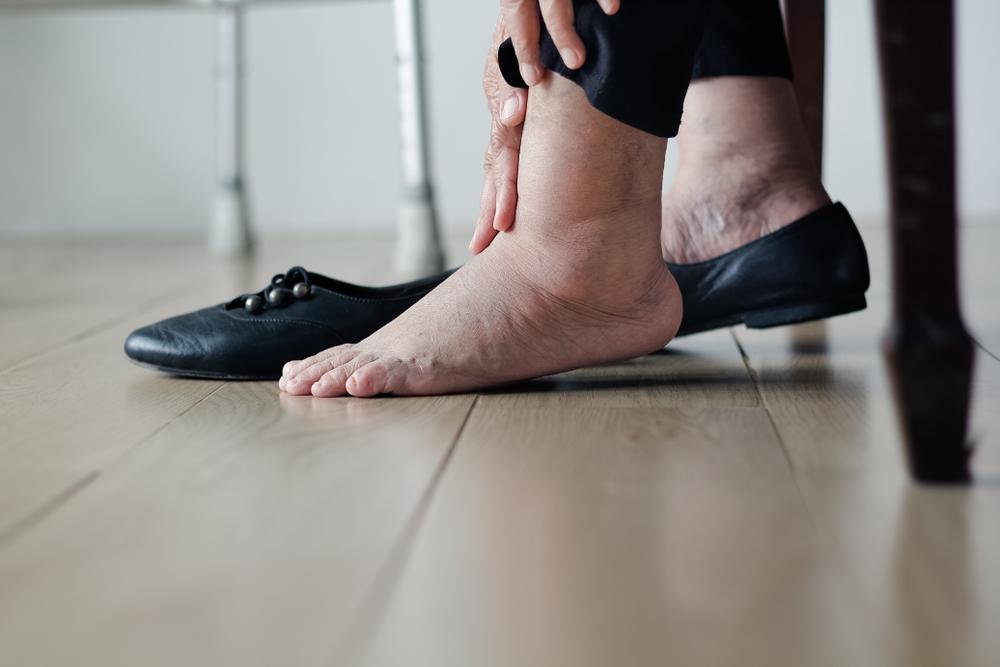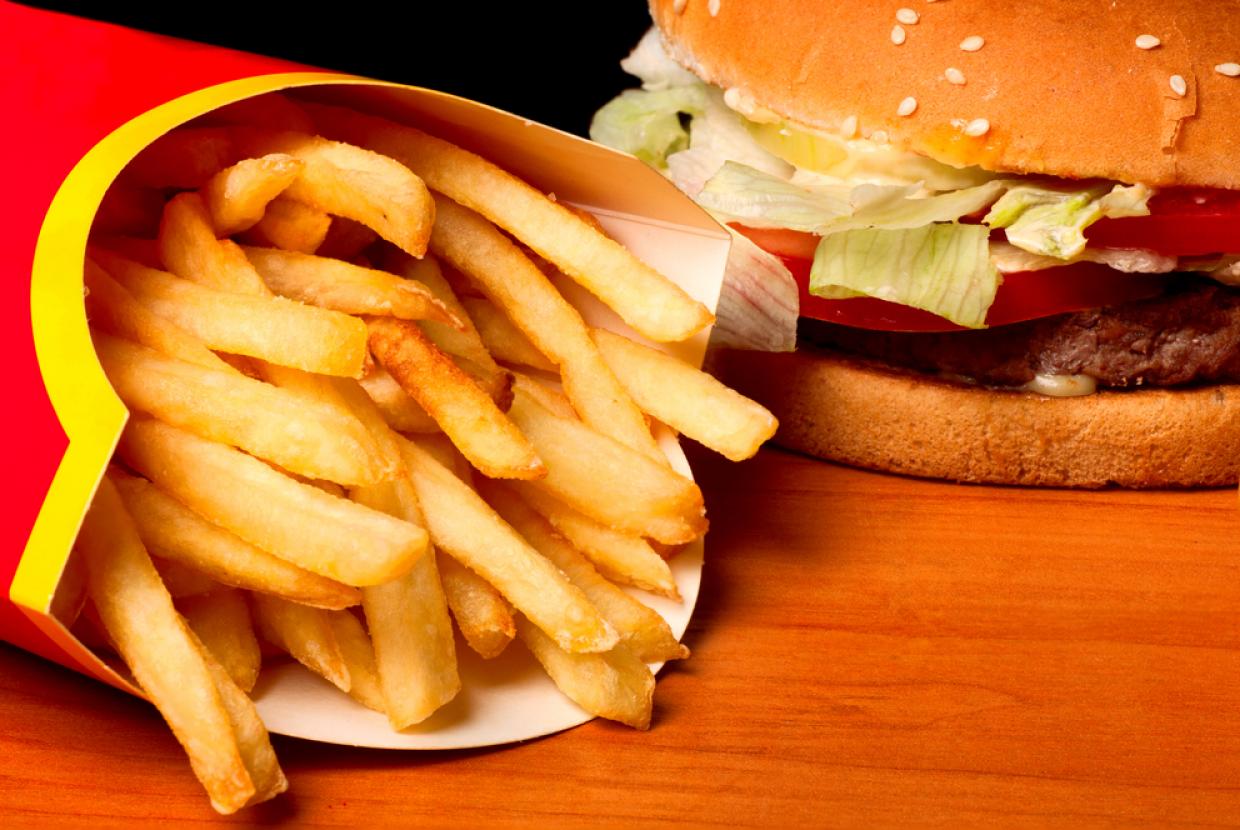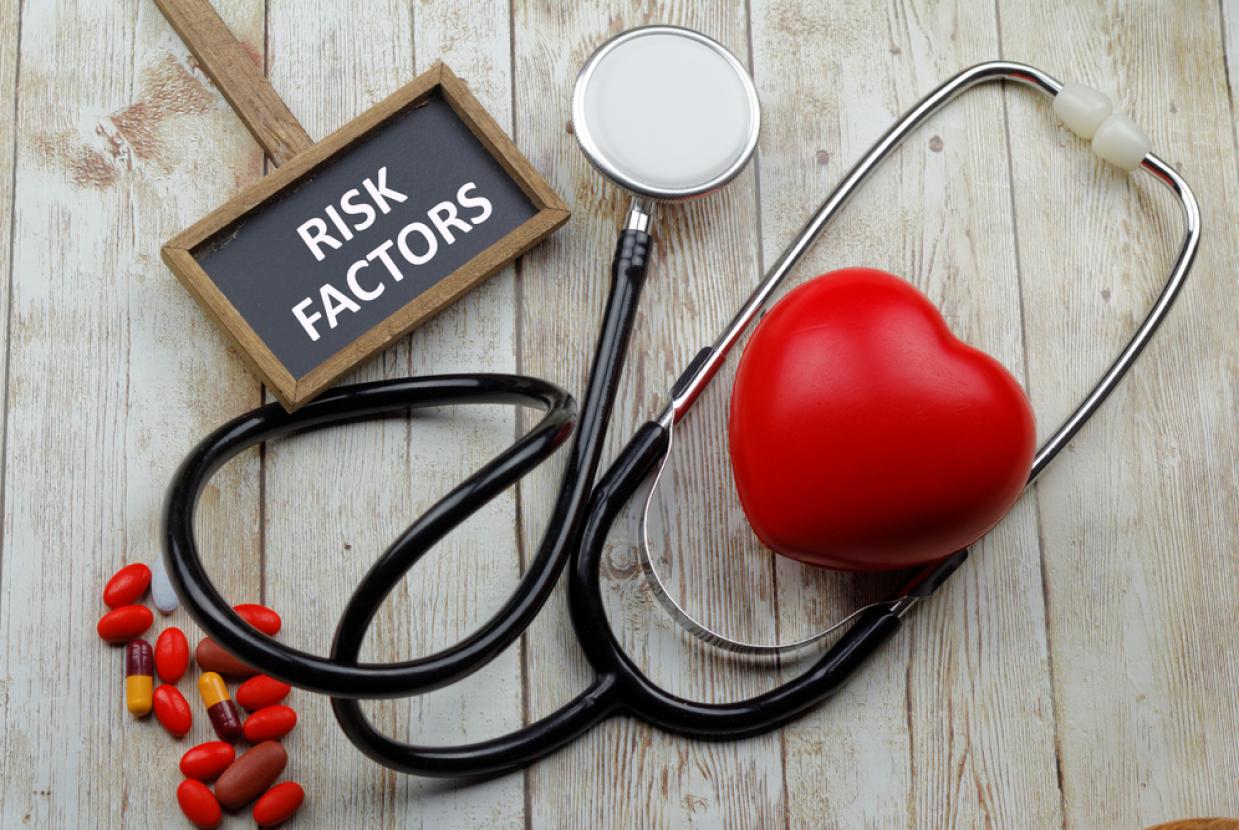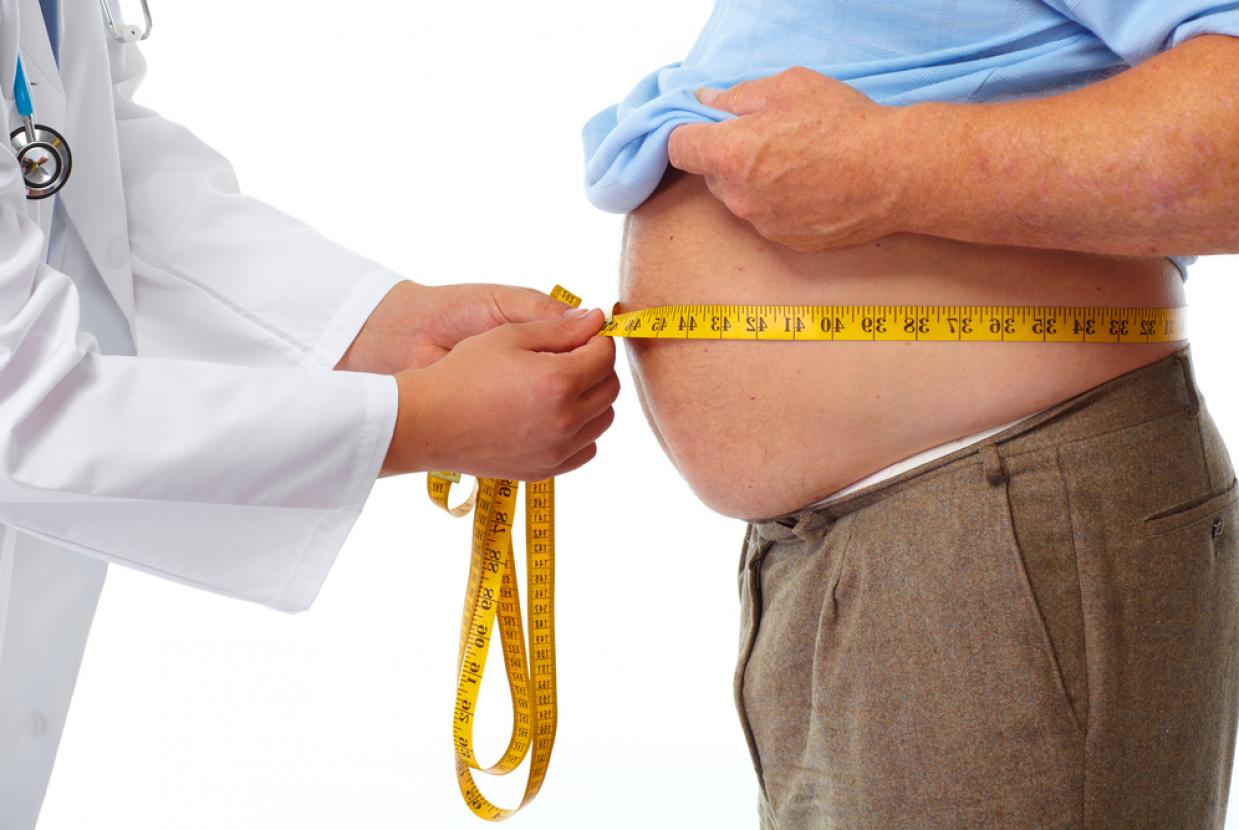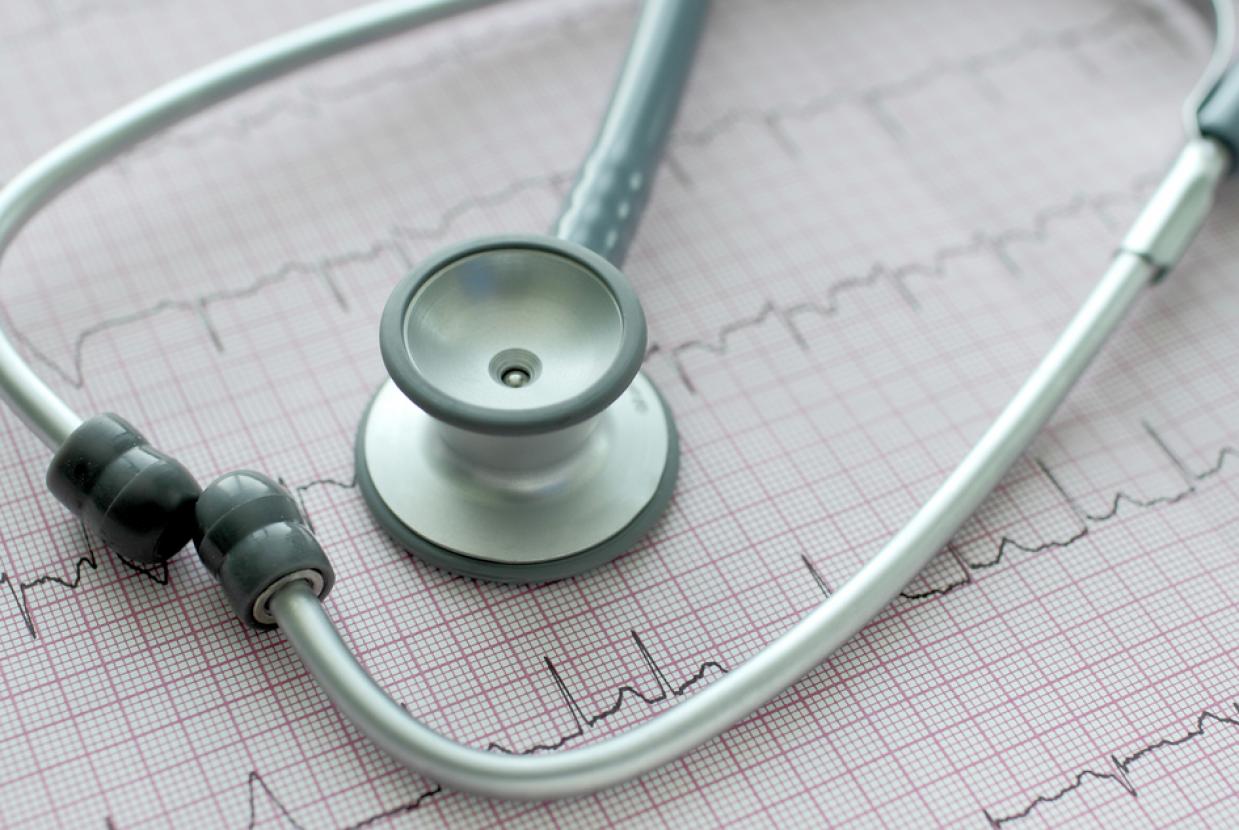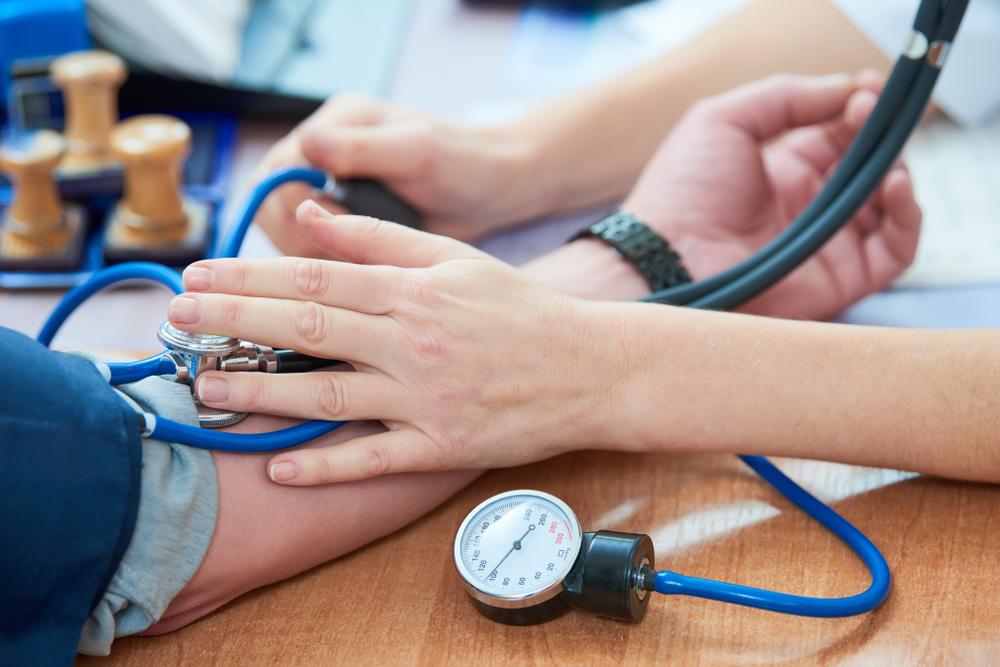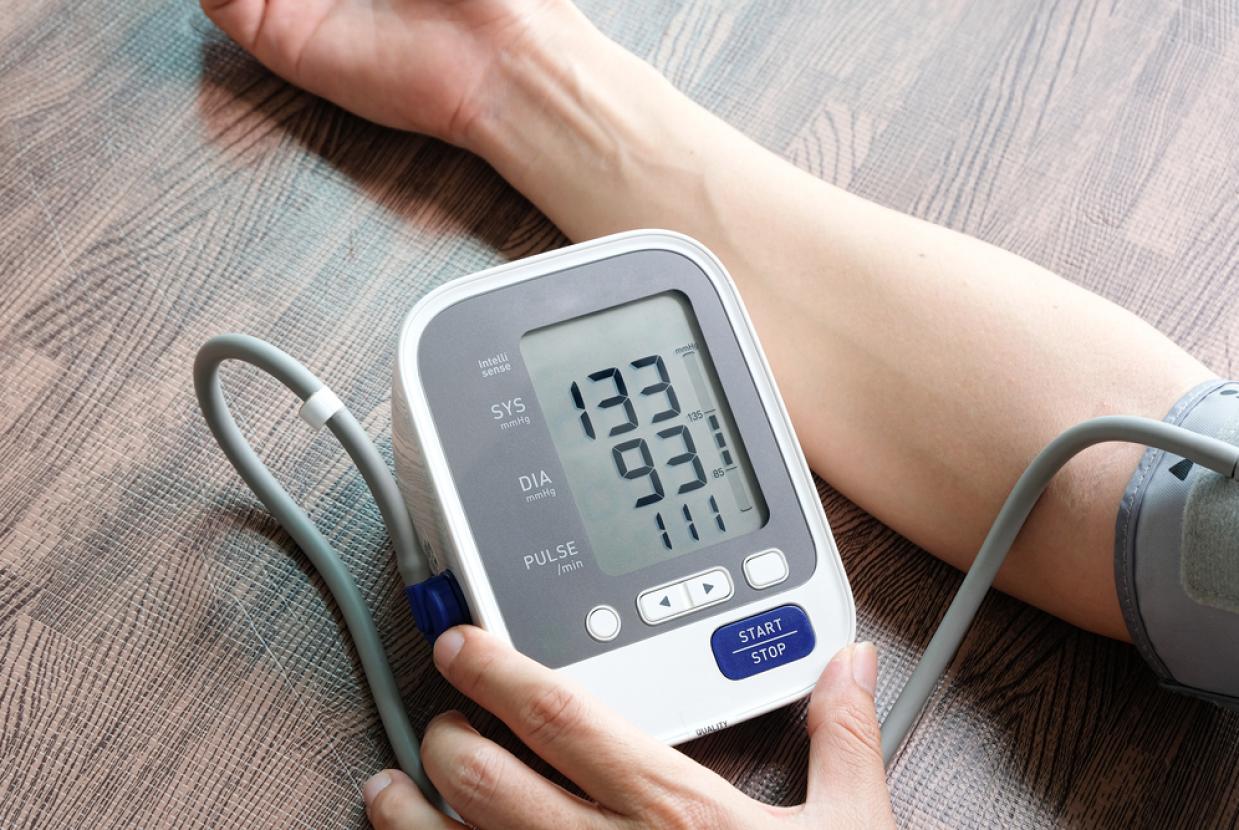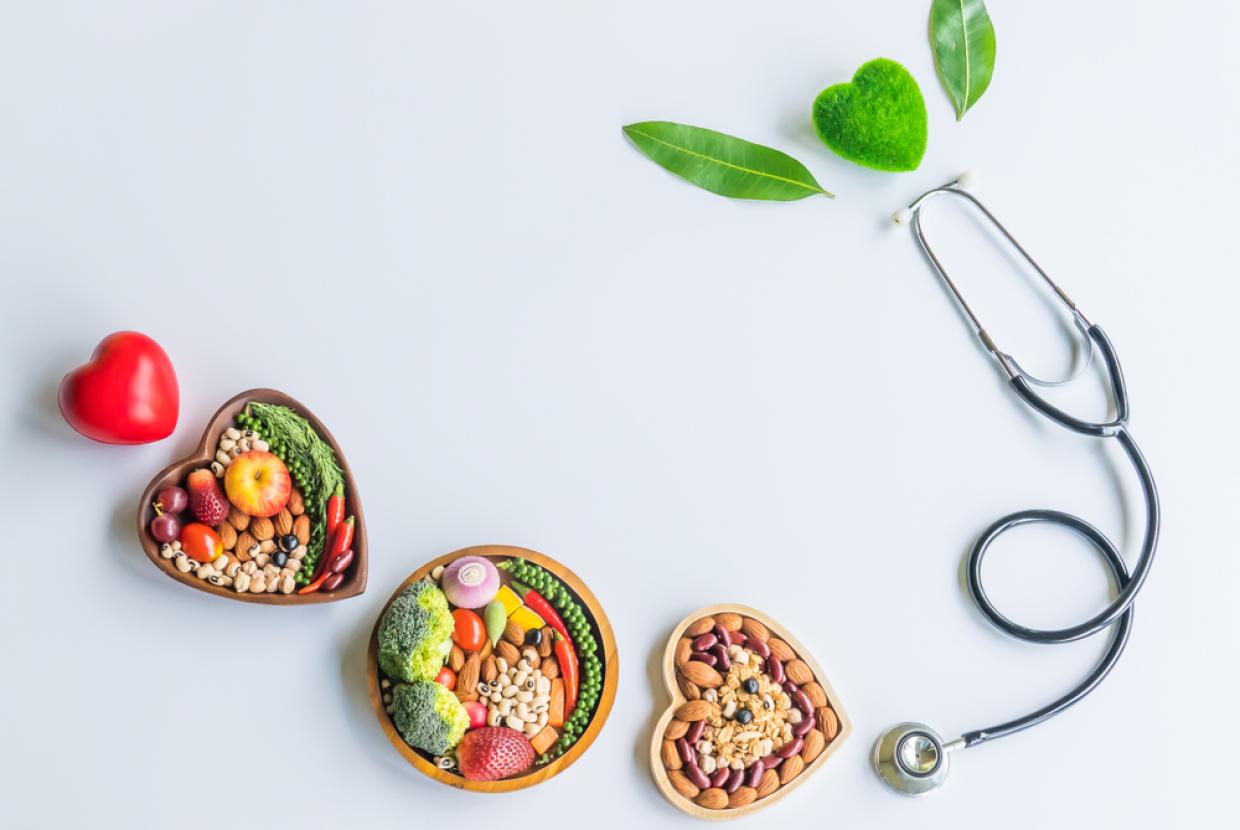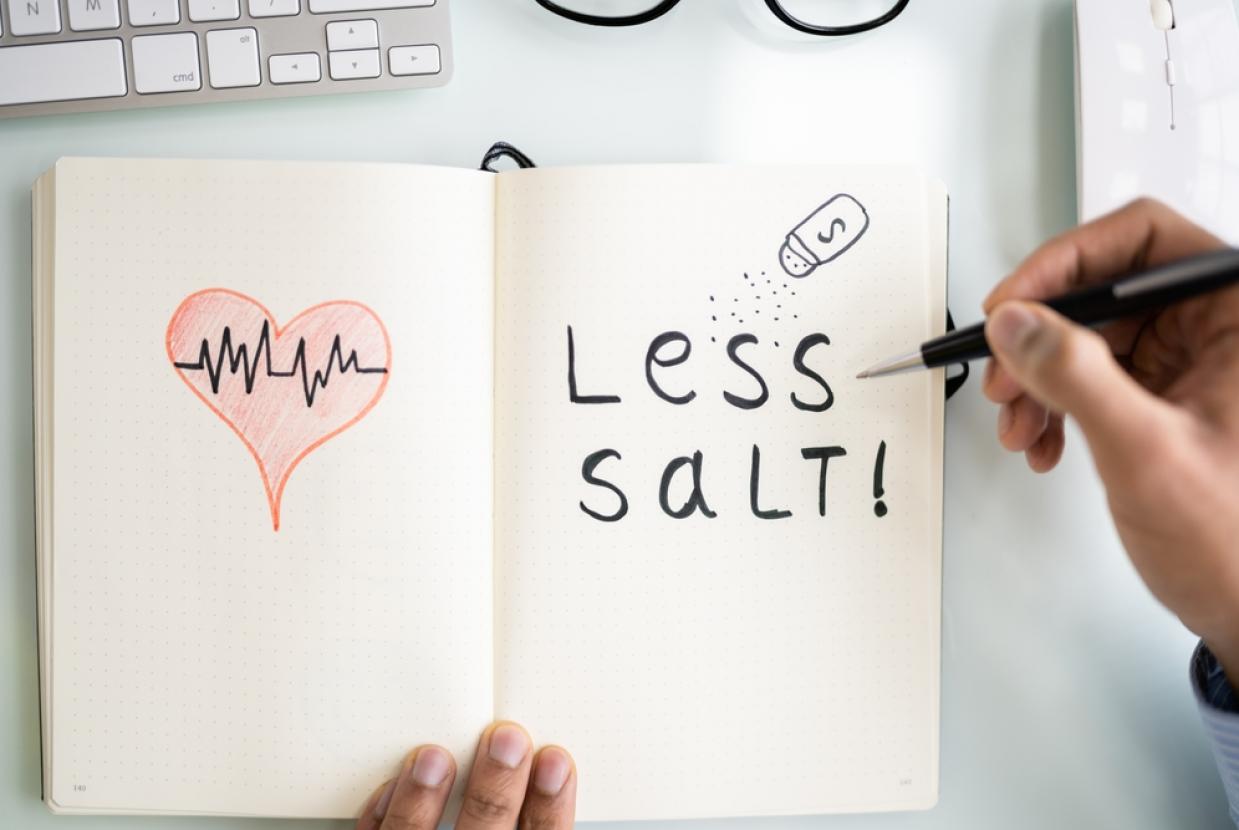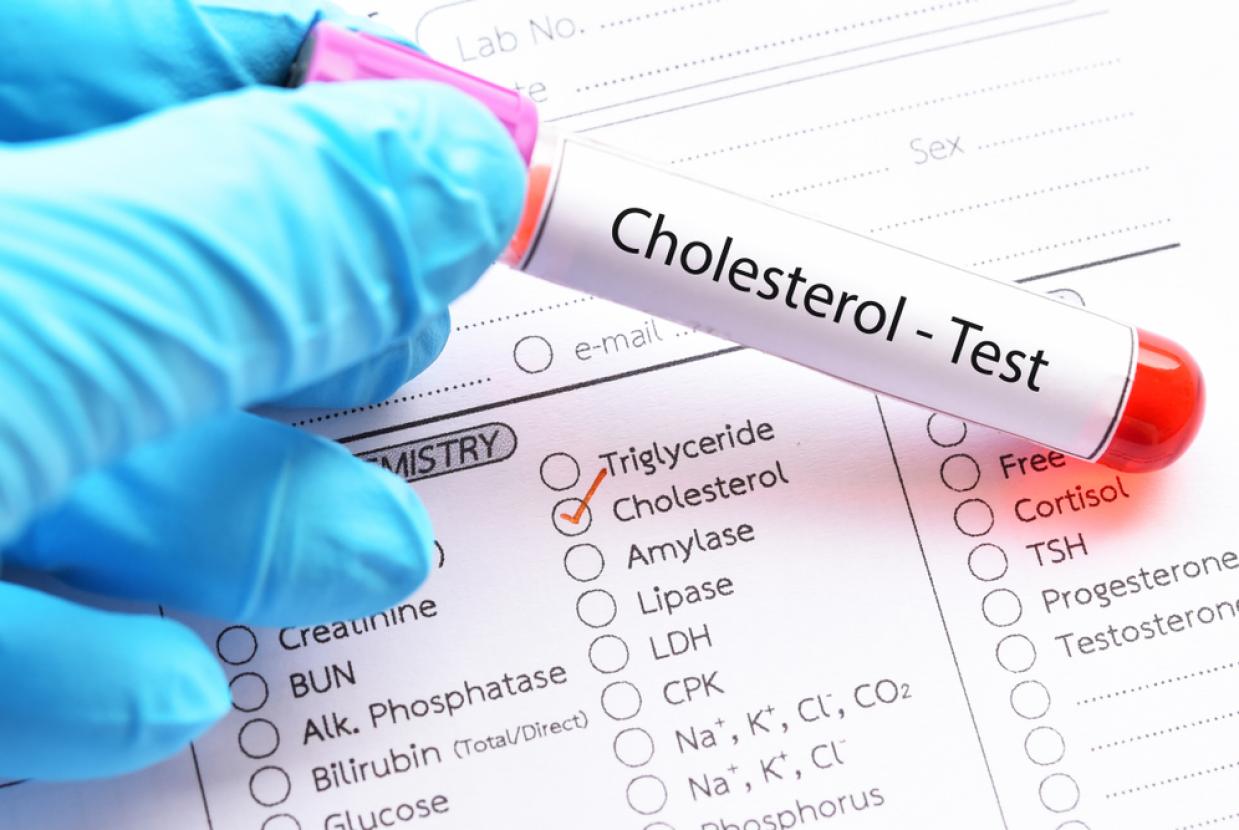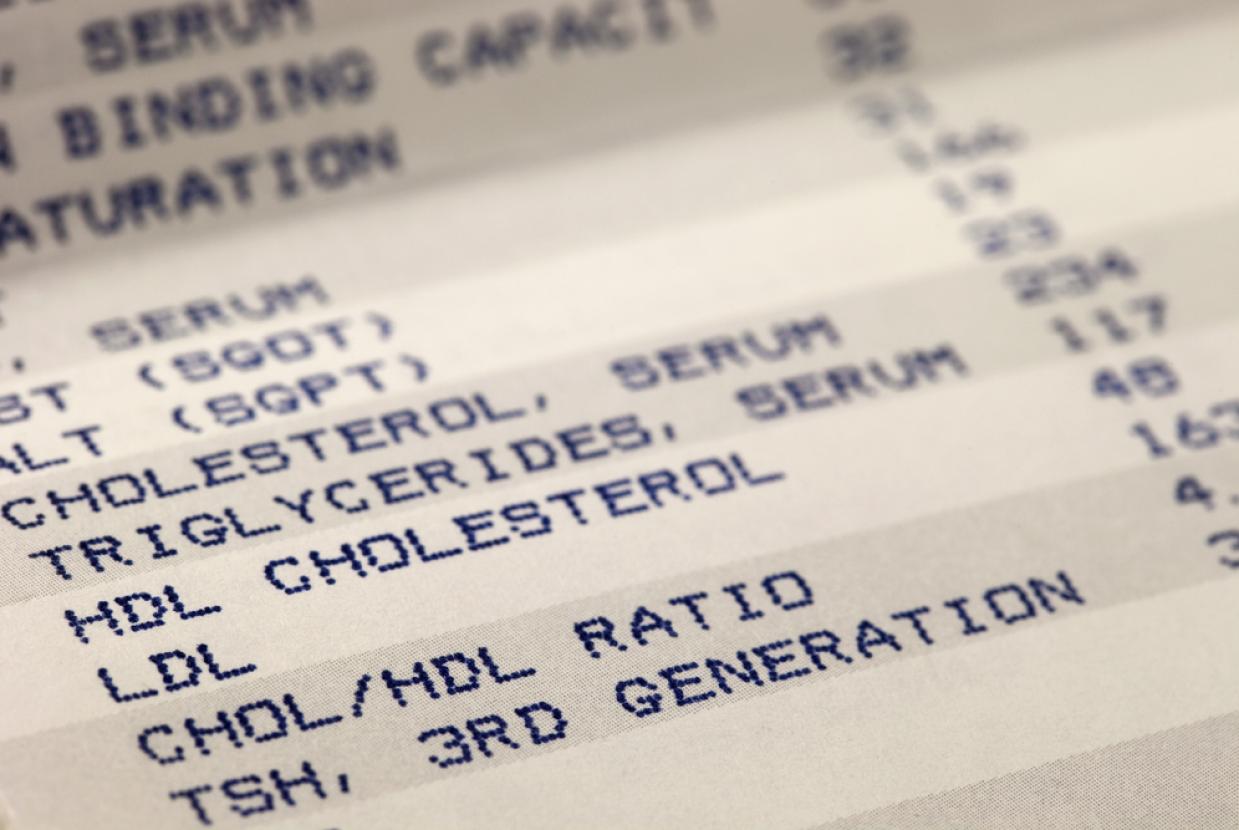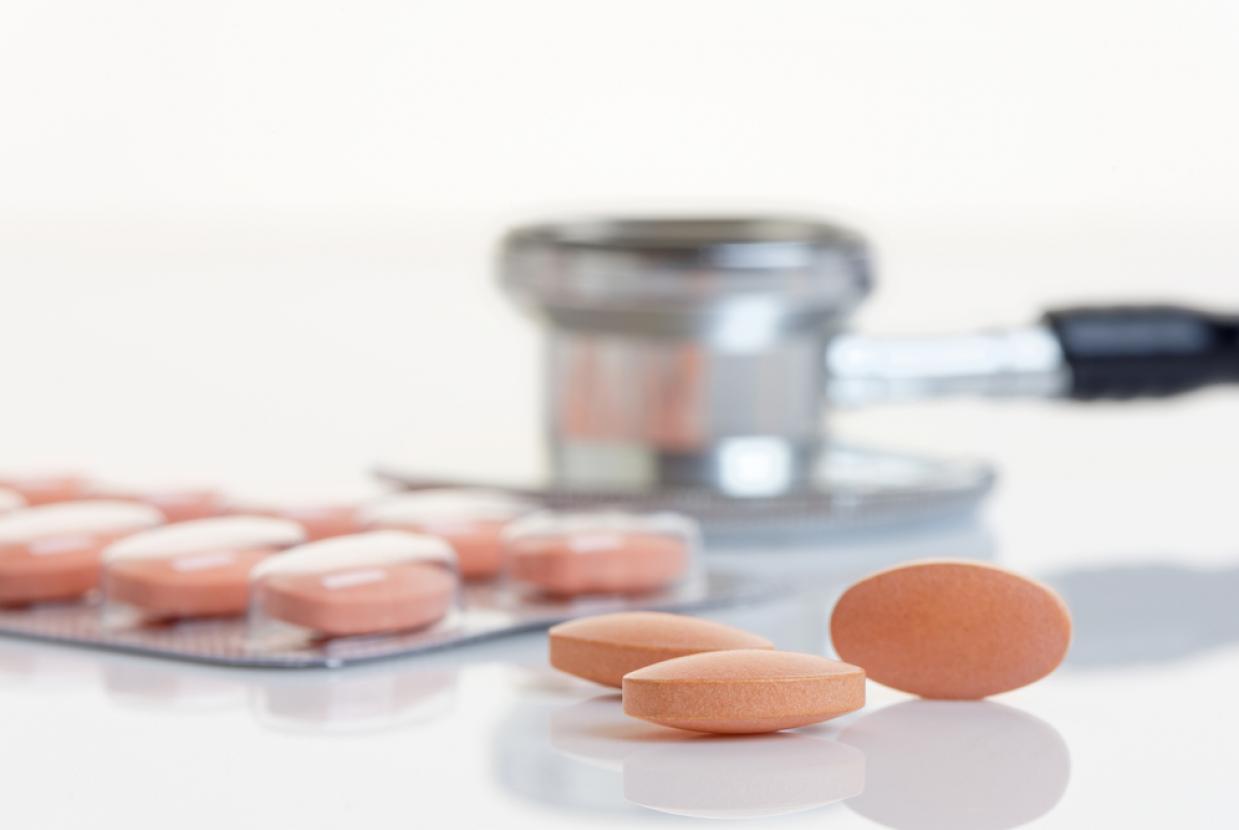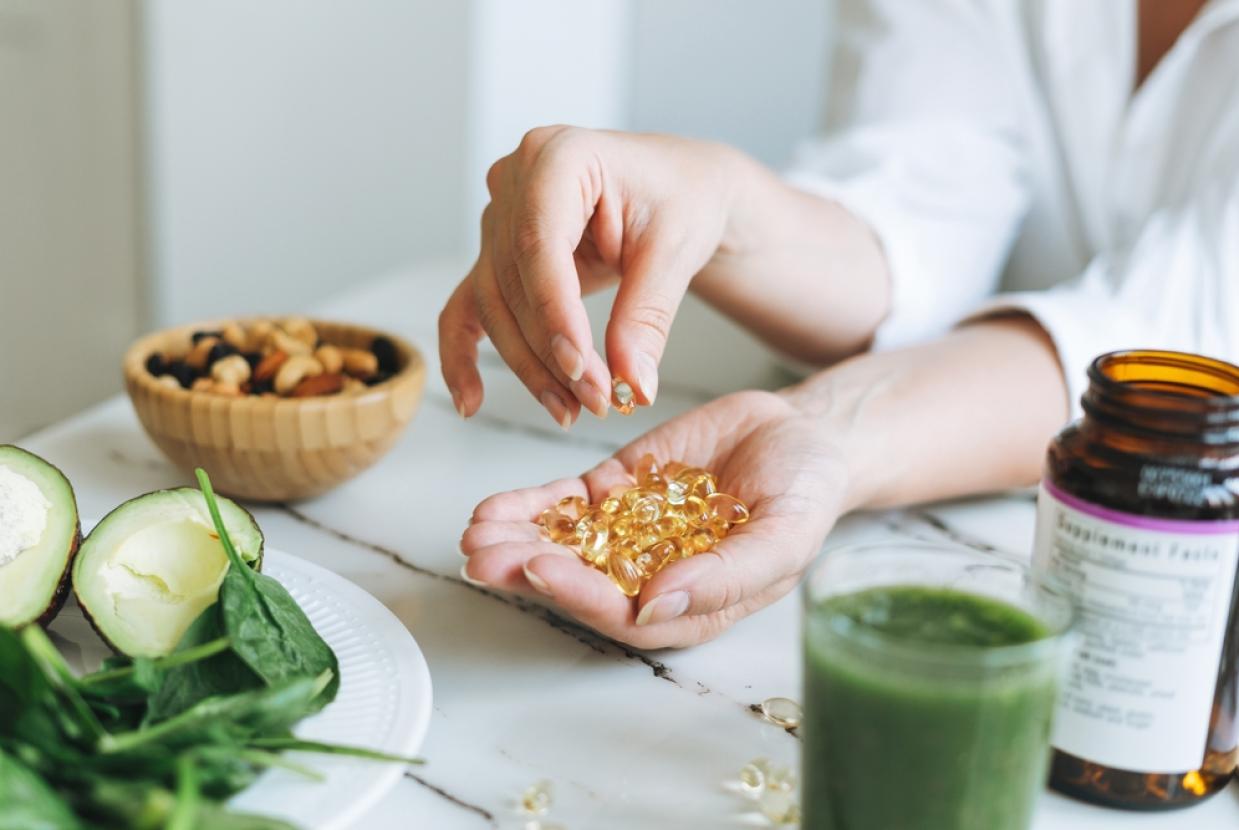Eating For Lower Cholesterol
Heart HealthHealthy eating can make a huge difference to your cholesterol levels and your heart health, whether your cholesterol has crept up over the years or you have a genetic condition. It will improve your health in other ways too, helping to lower your blood pressure, prevent diabetes and maintain a healthy weight.
What makes up a heart-healthy diet?
Eat lots of fruits, vegetables and plant-based foods
Vegetables, pulses (such as peas, beans and lentils), fruits, nuts, seeds and wholegrains are full of nutrients and good for your cholesterol and your heart. Go for at least five portions of fruit and veg a day (about a handful each) to stay healthy and help you eat less high-calorie foods. Fresh, frozen, canned and dried all count.
Eat a variety of healthy sources of protein such as peas, beans, lentils, fish, nuts, chicken and lean red meat.
These foods are high in protein and nutrients but low in saturated fat. If you eat red meat, make sure it's lean and watch the quantity. Eat less meat and more plant foods by swapping some meat-based meals for vegetarian options.
Eat some low-fat dairy products or fortified dairy alternatives
Dairy foods contain calcium which is essential for good health. Choose low fat options to avoid the saturated fat. When choosing dairy alternatives, go for unsweetened, calcium-fortified varieties.
Swap saturated fats for heart-healthy fats
Choose vegetable-based spreads and oils instead of butter, lard, ghee, coconut and palm oil to cut down on saturated fat.
Include starchy foods which are high in fibre
Choose wholegrain options such as wholemeal bread and chapatti, brown rice, wholemeal pasta or wholegrain breakfast cereals. They contain lots of nutrients, as well as fibre which helps with digestion and keeps you feeling full so you don’t snack. Choose these instead of white rice, white bread and white pasta.
Cut down on sugary foods and drinks
Biscuits, cakes, chocolates and fizzy drinks are all high in sugar so they contain lots of calories which can lead to weight gain, but without containing many nutrients or filling you up.
Eat three small meals a day with one or two healthy snacks in between
Keeping an eye on your portion sizes will help you keep your weight and your waist line under control, and eating regularly will help stop you from snacking on unhealthy foods.
Make healthy choices when you eat out
Food from cafes, restaurants and takeaways can be high in fat, calories and salt. Ask to see a menu with nutritional information or check online first. Look our for green light words such as steamed, poached, grilled and baked, and avoid foods described as crispy, fried, sauteed, buttery, cheesy, au gratin and creamy. Cakes and pastries will also be high in saturated fats.
Quick tips for getting started
1. Keep a food diary. Write down what you eat for a few days to get to know what your diet really looks like and where you can make changes.
2. Start small. Start with some simple swaps rather than trying to change everything all at once.
3. Try a diet plan. If you're looking for a more detailed plan, try the Ultimate Cholesterol Lowering Plan.
Content sourced from HEART UK (heartuk.org.uk).




